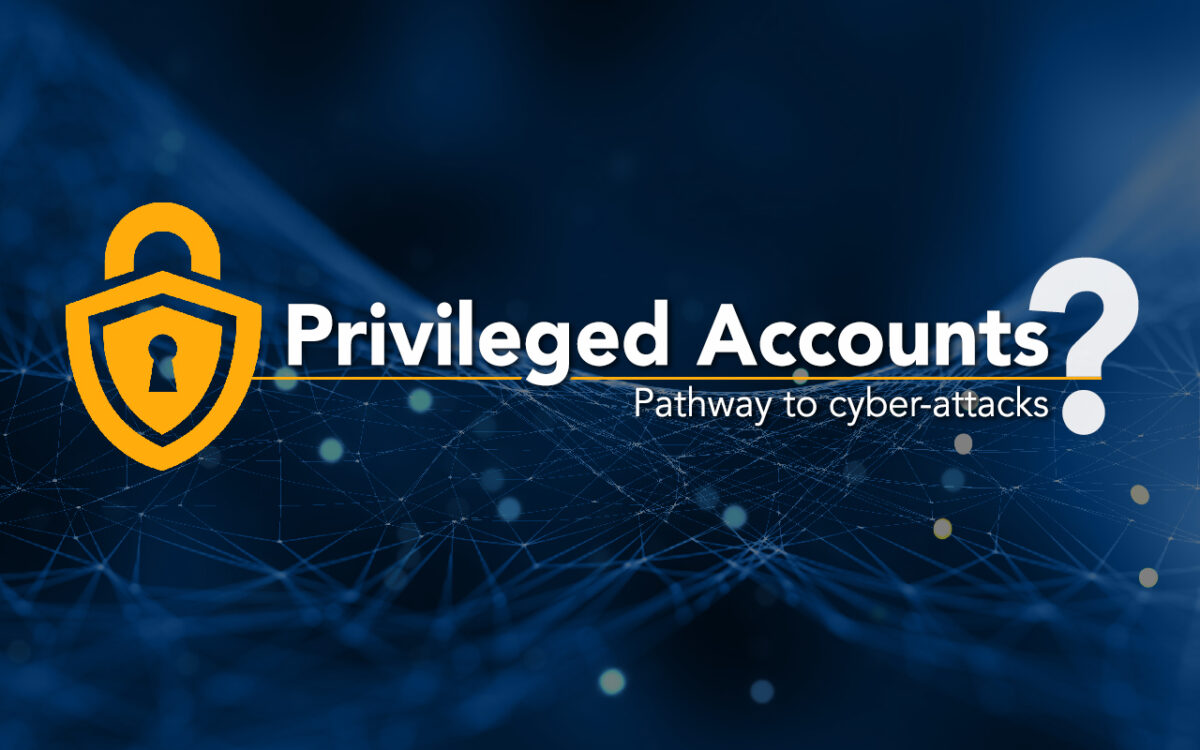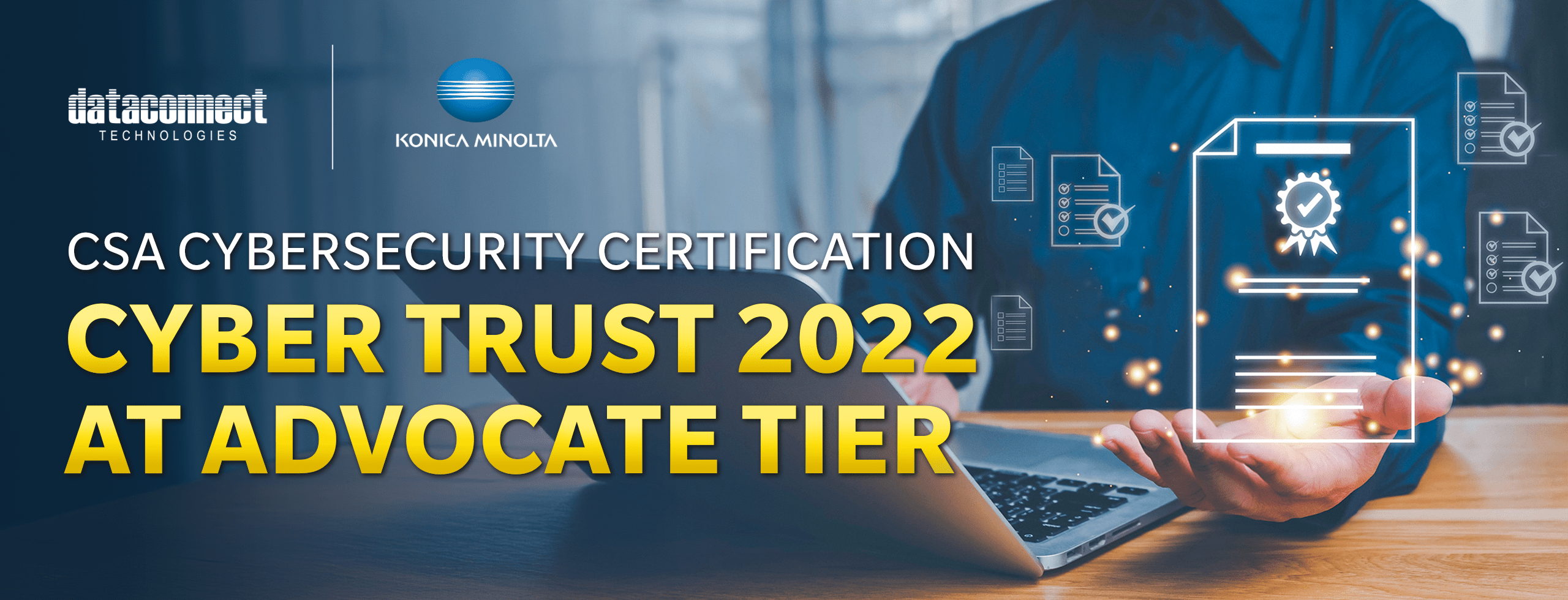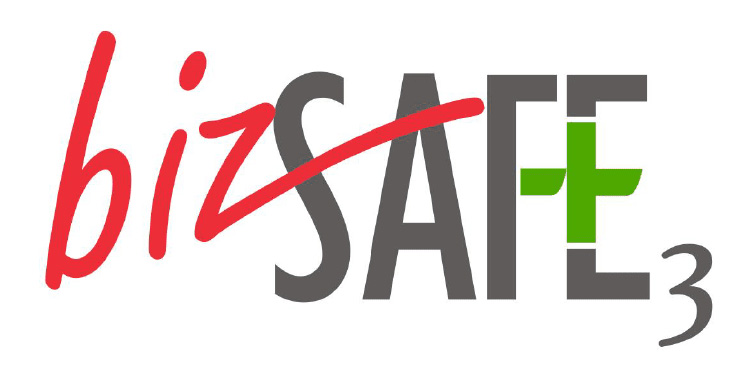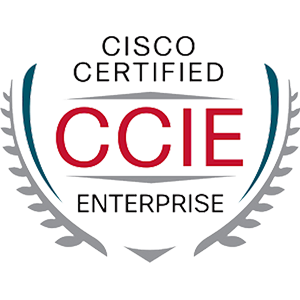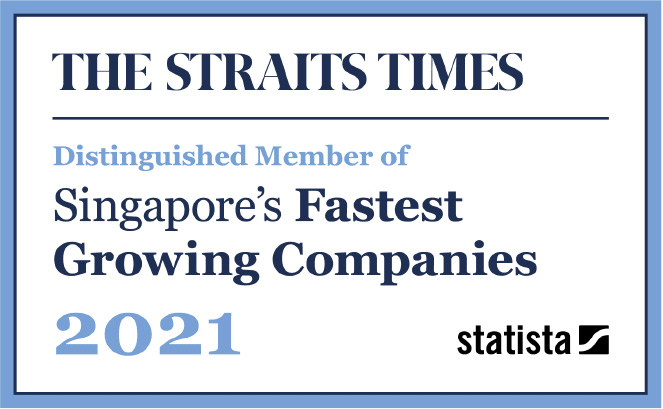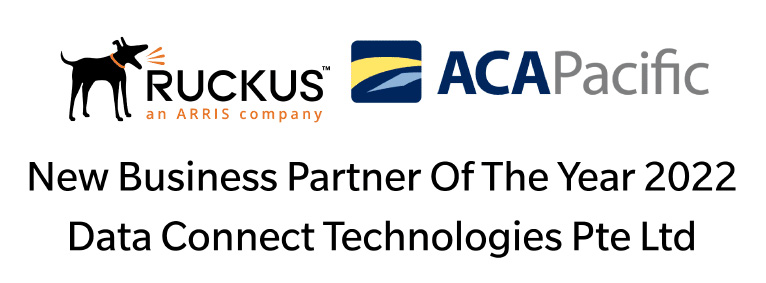
Seeing cyber-attack incidents in the daily news is no longer new to us now. From ransomware, to data breaches down to DDoS (Distributed Denial of Service) attacks, and other types of attacks hitting small and big enterprises alike– we’ve heard it all!
Thus, we often worry a lot about clicking on links on the Internet or opening attachments in an email, thinking each action we perform will result to a cyber security incident that’s going to cripple our organization.
Yet, we click anyway, because that’s what we need to get things done – take risks.
Despite all the technologies available to keep us safe, it’s ultimately people that your organization must depend on to make the right decisions. That’s why most employees are advised to be cautious in interacting with links and attachments as this might be the gateway for any malicious element to enter the network and bring it entirely to a standstill.
However, our focus must not be directed to basic users alone as there is this certain access that is considered to be critically powerful not just in leveraging organization protection but in inflicting serious damage to the organization’s security backbone as well—privileged accounts.
What are privileged accounts?
Privileged accounts exist to enable IT professionals to manage applications, software, and server hardware. It also provides administrative or specialized levels of access based on higher levels of permissions that are shared. Some privileged accounts are also application accounts used to run services requiring specific permissions, or can even be your Managed Service Provider. In many cases, user accounts can also have elevated or administrative privileges attached to them.
However, with the power that comes with privileged accounts, it also poses a great risk to organization:

Unintentional Mistake — Users with privileged accounts have access to critical systems and data, any mistake they make can have serious consequences. For instance, a privileged user might make an unauthorized modification to critical data without thinking through the consequences, or grant a user access to a file share that stores sensitive data without checking whether there is a legitimate business need, putting that data at risk.

Malicious Insider Attacks – Because, privileged accounts have legitimate access rights, malicious actions can be difficult to spot. These users often enjoy high levels of trust from the organization, which can lead to the mentality that they are somehow“above the law,” and not subject to the security restrictions that apply to other employees. As a result, their actions may not even be closely monitored. Plus, these users often have the expertise to defeat controls and do maximum damage while hiding their tracks, and as noted earlier, shared and reused passwords can make holding individuals accountable for their actions very difficult.

Attackers— Privileged accounts are also a top target for cyber criminals, who will attempt to obtain the powerful credentials using a variety of techniques, from phishing to brute force to coercion. The legitimate owner or user of the account might not even realize the account has been hijacked until it’s too late.
But who gets to have these types of privileged user accounts?
Network administrators, database administrators, application developers, C-level executives and even your managed services are all often granted elevated privileges because they need to work directly with critical data and infrastructure.
Well, can we remove their accesses for the organization to be safe? Of course not! Because they also have an important role in the business.
So, what do we do?
As a growing business, the number of privileged account users continually increases. That’s a lot of people to say you completely trust with unrestricted access to company data. The 2015 Insider Threat Report that privileged users impose the biggest security risk to organizations. Insider attacks can be more costly than external breaches. Also, it’s not just the obvious costs of resolving the breach that matters but also the fines for non-compliance as well. So, it’s a lot easier to repair a damaged system than a tarnished reputation of a business.
Privileged Account Management (PAM): The Key to Securing Your Business…
Privileged Access Management (PAM) is pivotal to controlling access. It delivers the required balance between system administrators and users. Allowing users to be 100% productive and an organization controlling access to its most valuable asset.
PAM solutions do more than authenticating a user’s access. It offers a proactive, secure way to authorize, track, and protect all privileged accounts. Even across all relevant systems, which ensures absolute control and visibility.
Privileged Account Management:
- Manages context driven access to any number of systems across an infrastructure.
- Ensures that privileges granted to users are for use of systems only on which they have authority.
- Grants access only when it’s needed and revokes it when the need expires.
- Provides a granular audit trail of all privileged activity.
- Eliminate local/direct system passwords for privileged users.
- Centrally manage access over a disparate set of heterogeneous systems.
Protect your network by managing your privileged accounts properly. Contact us now!
The impact of high privilege access to IT–even when used responsibly–cannot be overlooked.
But with modern approaches to privilege management and visibility, organizations can support more comprehensive compliance, help assure business integrity, and tackle security risks while simultaneously realizing the cost benefits and other advantages of improved IT reliability.


